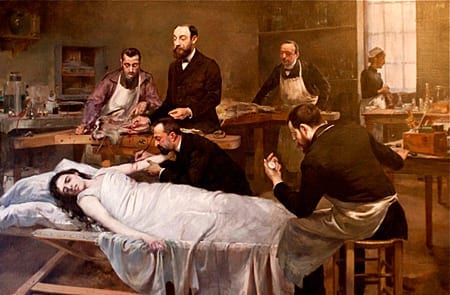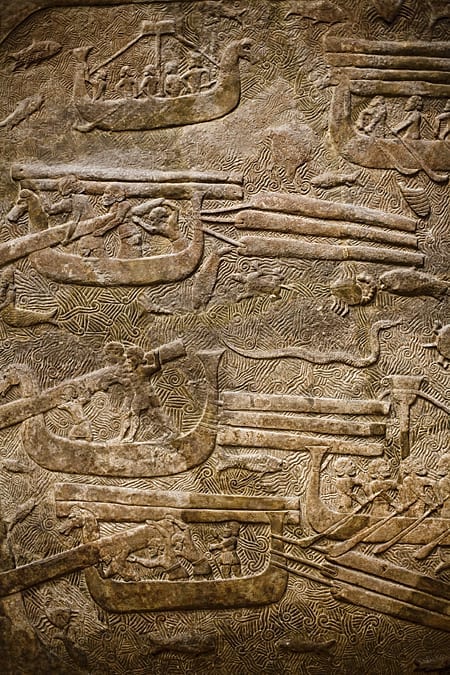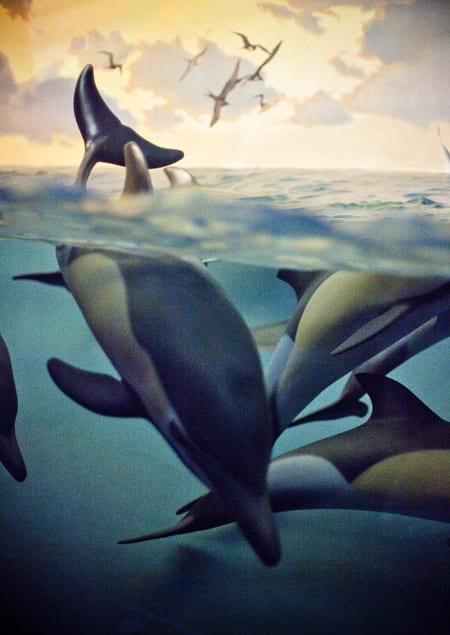By Daniel de la Calle
Creative work filters life, the natural world, history, words, even our ambiguous, volatile human emotions through the distorted prism of the artist’s senses. When done with genius this does the magic of shedding a certain light and revelation to that reality; it somehow touches us more profoundly and brings us closer to the original, the way we can only observe the sun projected through a pinhole camera.
Permeation between science and art shouldn’t only be unidirectional, though. While art is intrinsically open, limitless and free from rules, any amount of it, any subjectivity contaminating science will invalidate it. I am coming to the idea as I type this that science is in a way an attempt to dehumanize observation while preserving our inherent curiosity and analytical approach. And still, why do I feel so touched by science, by charts with numbers and figures, by topographical maps, by microscopic photography, astronomy, by the beauty and practical simplicity of lab equipment or the eerie magic of MRIs and X-rays?
The two most inspiring places I visited last year probably were the American Museum Of Natural History in NYC (a recurring visit when down in Manhattan) and my recent Parisian discovery, the History of Medicine Museum. I am not alone in this, hanging from a wall at the entrance of this hidden jewel at the School of Medicine you can find the following painting of an early attempt at blood transfusions, or art inspired by scientific research.

During its two years of life A Sea Change has inspired people to paint, sing and write about our oceans, about the fragility of pteropods, to make a call to our consciences for the end of certain practices.
Last week we received a candid email from Monica Ravreby in Cambridge, NY, who watched A Sea Change with her 17 year old daughter Taylor, last year and wanted to let us know how much they enjoyed it and had learnt from it. Just recently Monica was surprised to discover Taylor had actually chosen the subject of Ocean Acidification for an English research paper at school and had written the following poem:
and hardly anyone notices me.
But lately something feels wrong,
my shell is getting softer. What is going on?
Calcium Carbonate is what I need,
but it’s disappearing due to Carbon Dioxide’s greed.
My home is soaking up the greenhouse gasses,
while you all learn about my fate in classes.
Is there nothing that can be done?
Because this increasing acidity level is not fun!
Once me and my friends go extinct,
the whole food chain might start to unlink.
I am just a pteropod who wants to stay alive,
please do your best to help me survive…
Thank you Monica and Taylor for sharing it with us and letting us post it on the blog.
Cases of creative license abound all through the art world, whether is giving voice to a pteropod’s concerns or rearranging nature for the sake of beauty or composition. Can your keen eyes spot an example on this gorgeous panel from King Sargon II’s palace in Khorsabad, housed at the Louvre?

And this, is this is a painting or a photograph?

I wish everyone a pleasant week. Here in the Northeast, where I just arrived, spring is finally fighting its way through ice and slush and people are in a trance.


